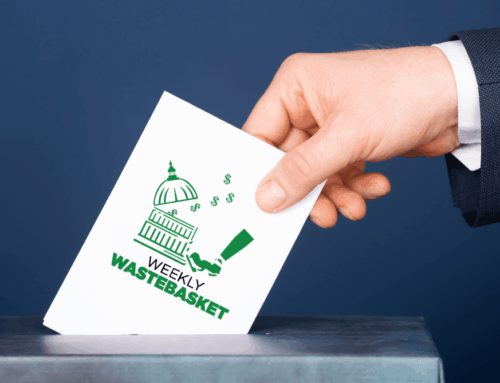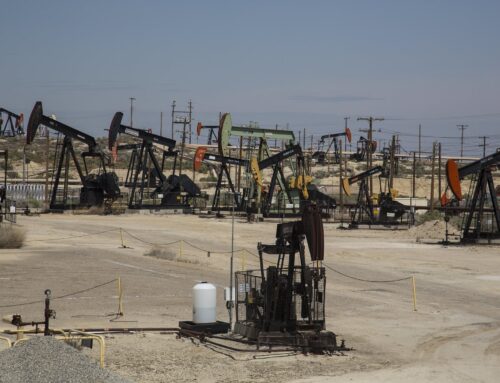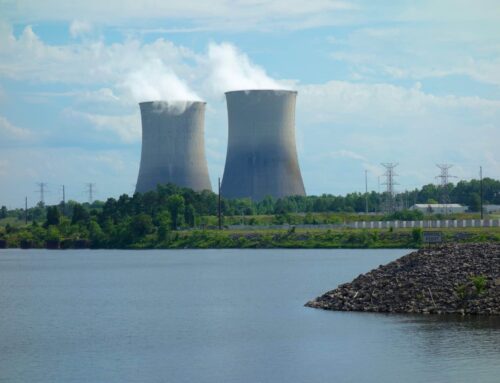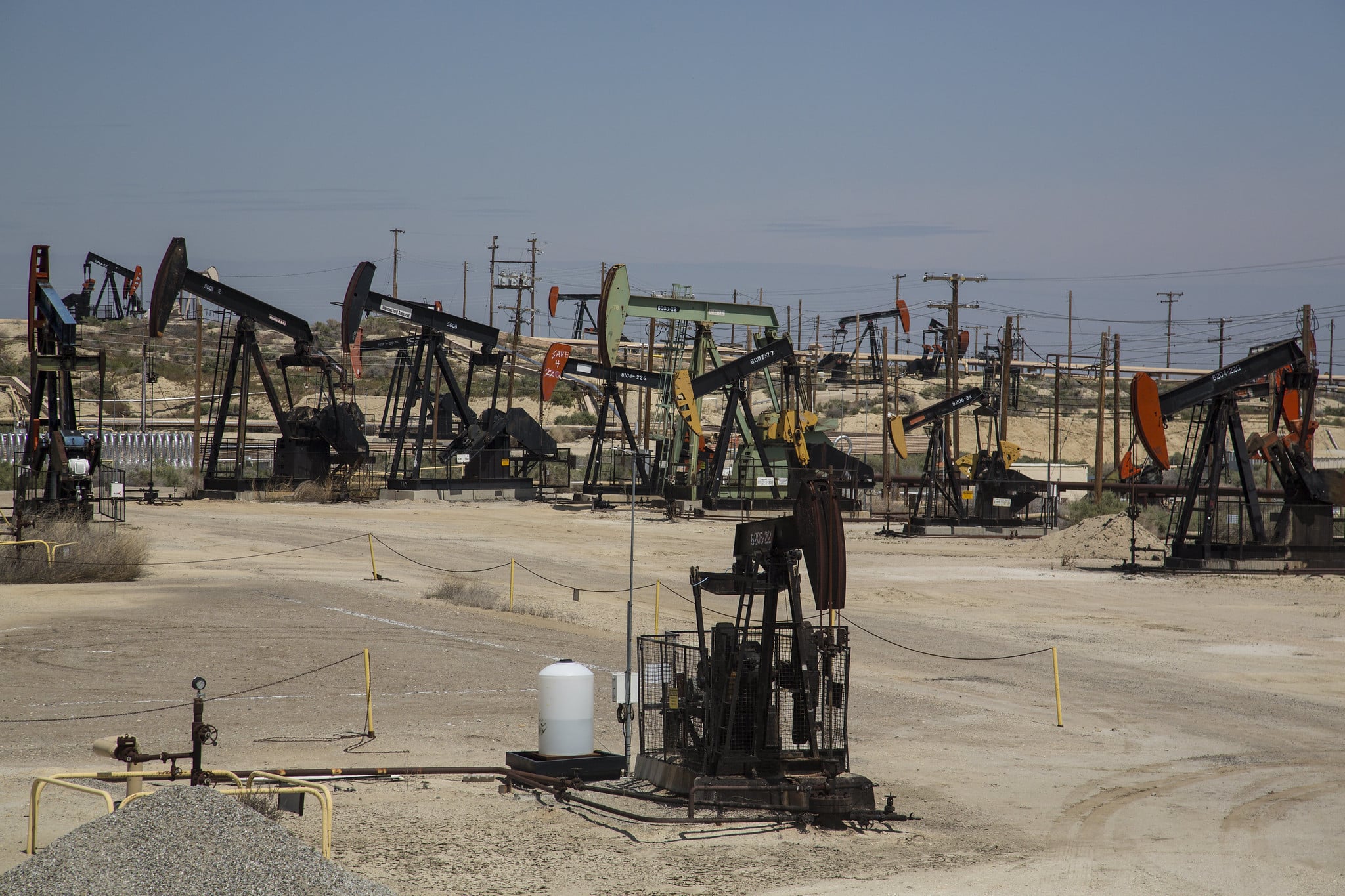On March 12, 2024, the Senate Committee on Energy and Natural Resources held a full committee hearing to examine the findings and recommendations of the inter-agency Wildland Fire Mitigation and Management Commission (Commission). The Commission was established in the Infrastructure, Investment and Jobs Act (IIJA, P.L. 117-58) and released their final report, containing 148 unanimous recommendations, on September 27, 2023.
Four members of the Commission testified before the committee – Ms. Meryl Harrell, Deputy Under Secretary of Natural Resources and the Environment, U.S. Department of Agriculture; Ms. Joan Mooney, Principal Deputy Assistant Secretary of Policy, Management, and Budget, U.S. Department of the Interior; Mr. Cody Desautel, Executive Director of Confederated Tribes, Colville Reservation; and Ms. Madelene McDonald, Senior Watershed Scientist, Denver Water – as well as Ms. Kelly Norris, State Forester at the Wyoming State Forestry Division.
Witnesses and committee members highlighted many of the findings and recommendations made in the Commission report. Many remarked on the importance of building off funding in the IIJA for expanding the federal firefighting workforce, increasing base salaries and other benefits, and expanding the availability of workforce housing. The President’s FY25 budget request proposed an increase to the U.S. Forest Service (USFS) and Department of the Interior (DOI) Wildland Fire Management accounts for new hires and to increase base salaries.
Committee members also called for increasing federal support for the timber industry, particularly for programs that use small diameter trees from wildfire mitigation activities or other materials from salvage sales. Every year, millions of dollar in taxpayer funds are directed towards these types of activities in the name of wildfire mitigation, including through federally funded research and development and through grant programs like the Wood Innovations Grants Program and the Community Wood Energy Program.
These and other subsidies to the timber industry intended to reduce “hazardous fuel” may create perverse incentives that increase the risk of fire or undercut other forest health objectives. In our comments to the Commission, TCS raised that where timber and other forest products harvest can take place is determined by a variety of factors – such as commercial viability and road access – that may not align with what will best protect communities from the risk of wildfire. Similarly, efforts to expediate wildfire mitigation projects through categorical exclusions (CEs) from environmental reviews would limit public participation and may result in a bias toward certain types of management actions, such as timber sales.
The hearing discussion also underscored the importance of effective implementation of federal funding. Committee members emphasized the importance of Committee recommendations to improve coordination between federal agencies, states, tribes, and local communities, increase education outreach on best practices to mitigate wildfire risk, and ensure on-the-ground groups are knowledgeable about and have access to federal funds. As Sen. Heinrich (D-NM) stated in the hearing, there is a “sort of maze of emergency response or recovery programs” across multiple agencies that address wildfire response, in addition to the number of programs available for wildfire mitigation and community protection. Last year, TCS released a report, Clearing the Smoke, to help unravel the complicated thicket of federal funding and various agencies engaged on wildfire issues.
Oversight is essential to effective implementation of federal funding. USFS and DOI currently rely on key performance indicators like acres treated and timber volume output to set goals for and evaluate the success of wildfire mitigation activities. However, these metric might actually undermine risk mitigation efforts as it incentivizes agencies to prioritize acres that are cheaper to treat or tree stands that maximizes commercial output. In the report, the Commission recommended that “success should be measured by outcomes such as the number of protected assets, values, and resources, and the degree to which forests and rangeland are returned to and maintained in a more resilient state.” Chairman Manchin (D-WV) praised this recommendation and said he “hope[s] this means that the agencies finally accept that they need to provide more transparency on how appropriated dollars translate into on-the-ground work.”
Another way to improve oversight of federal wildfire spending is to create budget “crosscuts” to better track all federal wildfire spending across different agencies. While not raised in the hearing, budget crosscuts could increase cross-department tracking and accounting and allow appropriators to better identify federal spending trends over time. This recommendation was included in Clearing the Smoke and by the Commission in their final report. TCS recently joined The Pew Charitable Trusts, The Federation of American Scientists, and Megafire Action in urging support for this and other budget-focused recommendations included in the Commission report.
For more information on TCS Wildfire Spending work, visit Taxpayer Resources on Wildfire Spending










